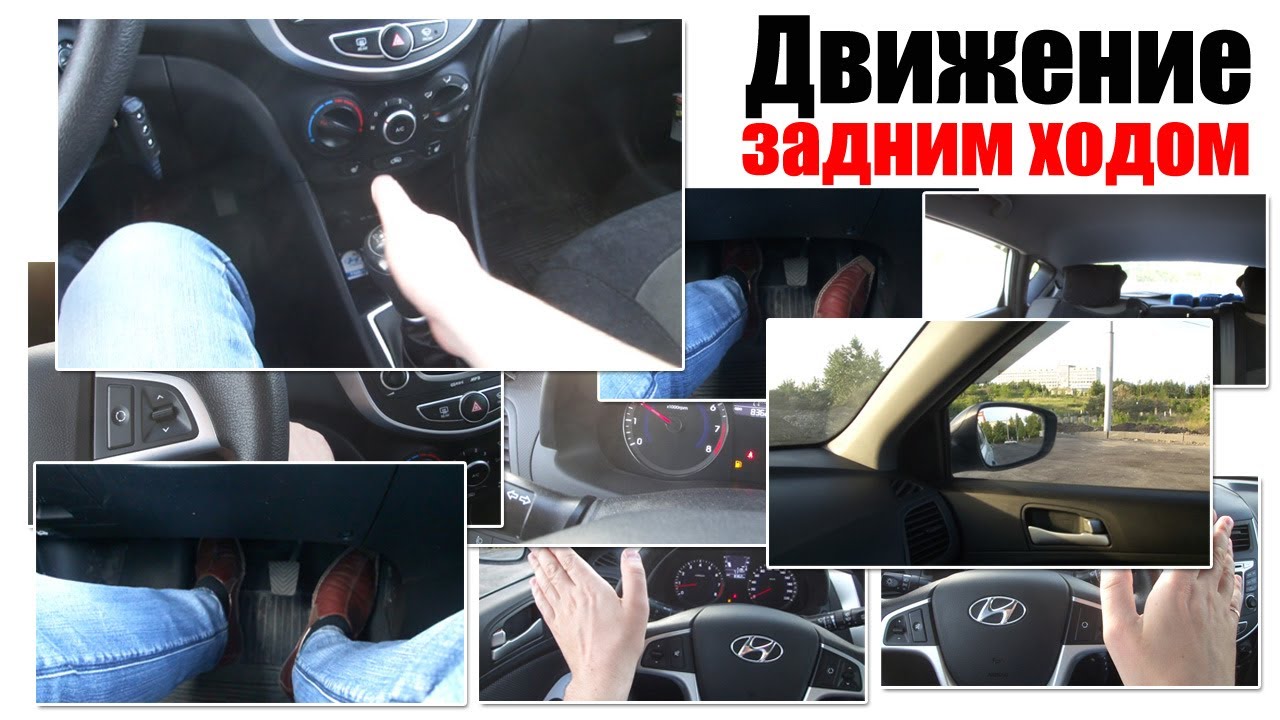
How to drive a car in reverse gear
Content
The ability to move in reverse is important for any motorist. This must be done when parallel parking or reversing out of a parking lot.
Most motorists tend to drive their car forward. Sometimes you may need to drive in reverse gear, such as when pulling out of a parking space or parallel parking. Riding in reverse can seem daunting at first, especially if you haven't had much practice with it. Luckily, learning how to drive a car in reverse is easy. By following a few simple steps, you will quickly learn to ride in reverse gear.
Part 1 of 3: Preparing to Drive in Reverse
Step 1: Adjust the seat. First, you need to adjust your seat so that you can apply the brake and gas even when your body turns slightly to reverse.
The seat position should allow you to easily and comfortably turn and look over your right shoulder, while still being able to hit the brakes and stop quickly if needed.
If you need to drive in reverse for a long time, it's best to adjust the seat closer to the steering wheel and then adjust the seat again as soon as you can move forward.
Step 2: Position the Mirrors. Before reversing, make sure your mirrors are also properly adjusted in case you need to use them. Once adjusted, the mirrors should give you a full field of view.
Keep in mind that you will need to adjust them if you move the seat after you start moving forward again.
Step 3: Fasten your seat belt. As a last resort, fasten your seat belt before performing any driving maneuver, including reversing.
- Attention: Make sure the seat belt is on the shoulder as intended. Proper use of seat belts can help prevent injury in the event of an accident.
Part 2 of 3: Putting the car into reverse gear
After adjusting the seat and mirrors and checking that the seat belts are fastened correctly, reverse gear can be engaged. Depending on the type of vehicle you have, you can do this in one of several ways. Your vehicle's gear lever is located either on the steering column or on the floor's center console, depending on the make and model of the vehicle, and whether the vehicle has an automatic or manual transmission.
Option 1: automatic transmission on the column. For automatic transmission vehicles where the shifter is located on the steering column, you need to keep your foot on the brake when you pull the shift lever down to engage reverse. Do not take your foot off the brake pedal and do not turn until you have shifted into reverse.
Option 2: automatic transmission to the floor. The same applies to vehicles with automatic transmission, where the shift lever is located on the floor console. While holding the brake, move the shift lever down and into reverse.
Step 3: Manual to the floor. For a manual transmission car with a floor shifter, reverse is the opposite of fifth gear and usually requires you to move the shifter up and down to move it into reverse.
When using a manual transmission for reverse, your left foot is used to control the clutch, while your right foot is used to control the gas and brake.
Part 3 of 3: Steering in Reverse
Once you've engaged reverse gear, it's time to drive in reverse. At this point, you can turn around and slowly release the brake. Also, you don't want to go too fast, so don't step on the gas pedal unnecessarily. Focus on where you are going and use the brake to slow down your progress if you start going too fast.
Step 1: Look around. Make sure there are no pedestrians or other moving vehicles around your vehicle. This requires you to scan the area around your vehicle.
Turn left and look out the window on the driver's side, even over your left shoulder if necessary. Keep scanning the area until you look over your right shoulder.
Once you are sure the area is free, you can proceed.
Step 2: Look over your right shoulder. Keep your left hand in the middle of the steering wheel and place your right hand on the back of the passenger seat and look over your right shoulder.
If necessary, you can brake at any time while reversing and scan the area again for pedestrians or vehicles to make sure no one is approaching.
Step 3: Drive the vehicle. Drive the vehicle with your left hand only when reversing. Be aware that when driving in reverse, turning the steering wheel turns the vehicle in the opposite direction as when driving forward.
If you turn the front wheels to the right, the rear of the car turns to the left. The same goes for turning right when reversing, for which you need to turn the steering wheel to the left.
Do not make sharp turns when reversing. Stepping rudder movements make it easier to correct course than sharp turns. Apply the brake as needed and avoid over-throttling.
You can also turn and look over your left shoulder if necessary. This allows you to get a better view when turning right. Just remember to also look in the opposite direction to make sure nothing is happening.
Step 3: Stop the car. Once you have reached the desired position, it is time to stop the vehicle. It just requires you to use the brake. Once the car has stopped, you can either put it in park or drive if you need to drive ahead.
Riding in reverse gear is very easy if you follow the steps above. As long as you maintain control of your car and drive slowly, you should have no problem reversing your car to where you need to park or stop. Make sure your mirrors and brakes are working properly by having one of AvtoTachki's experienced mechanics perform a 75 point safety check on your vehicle.

